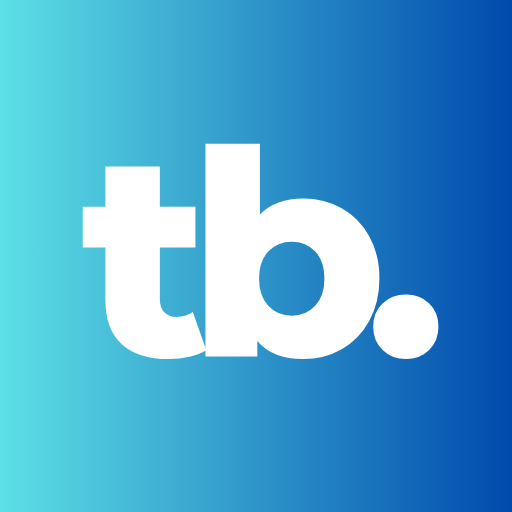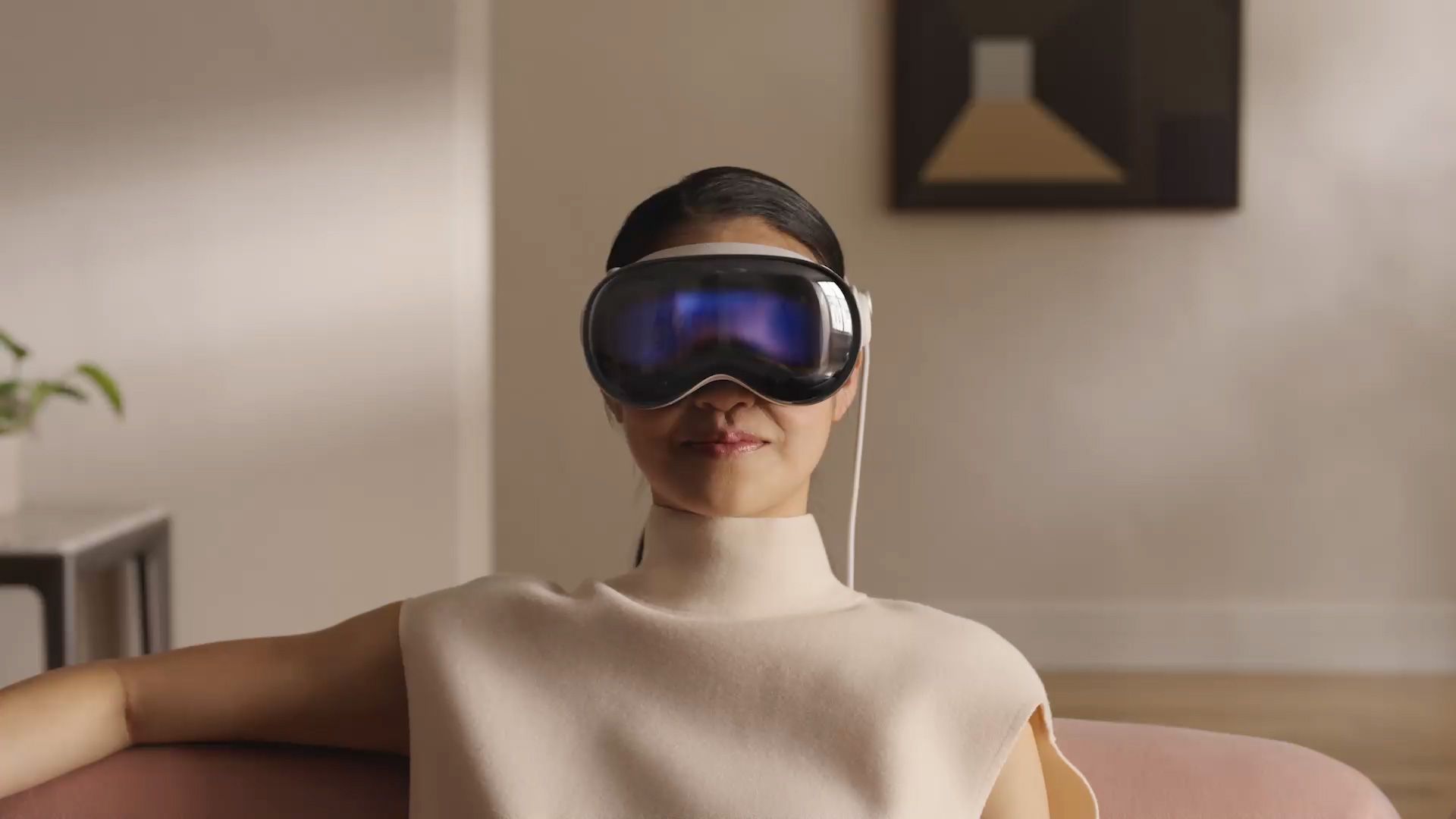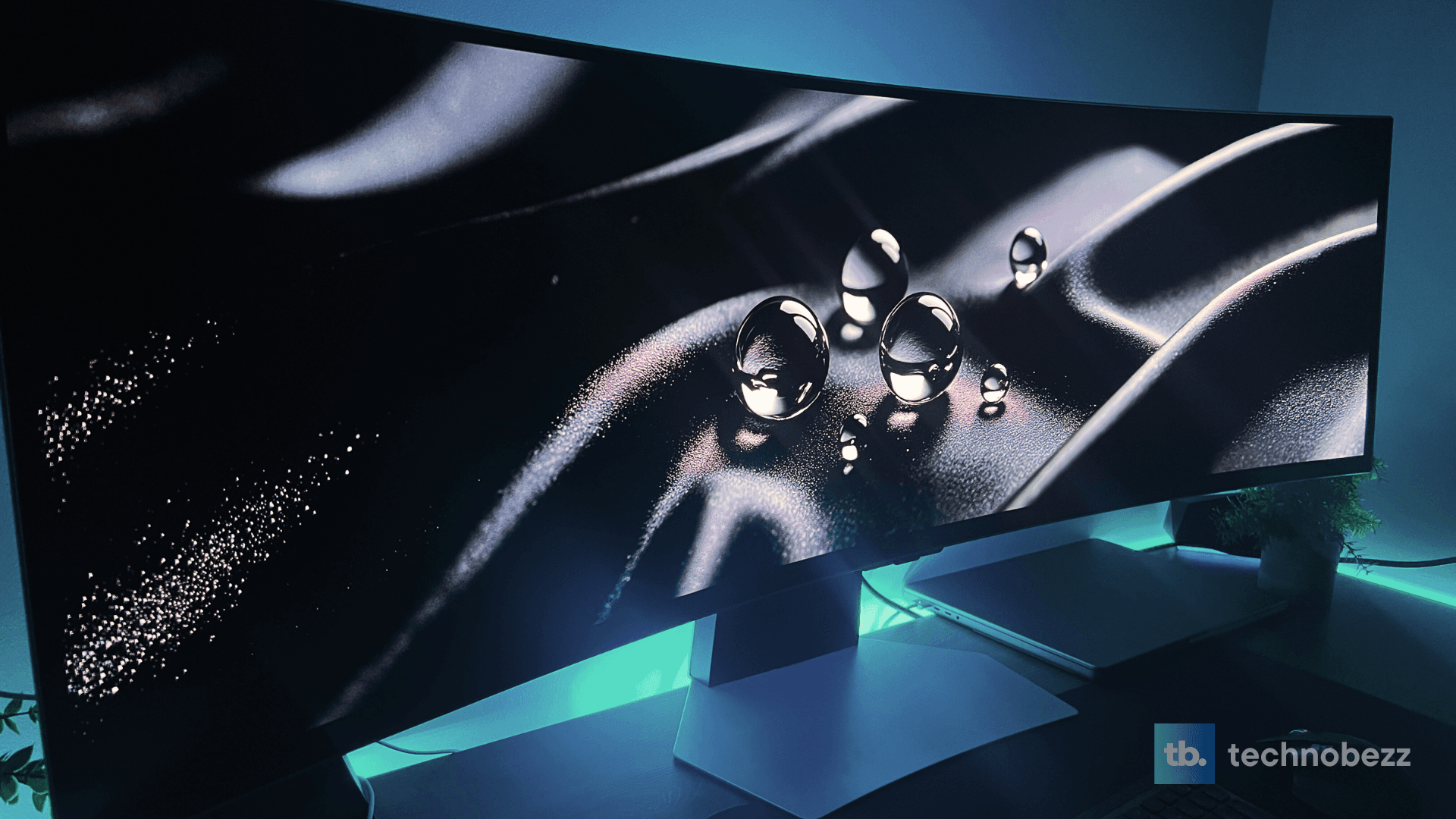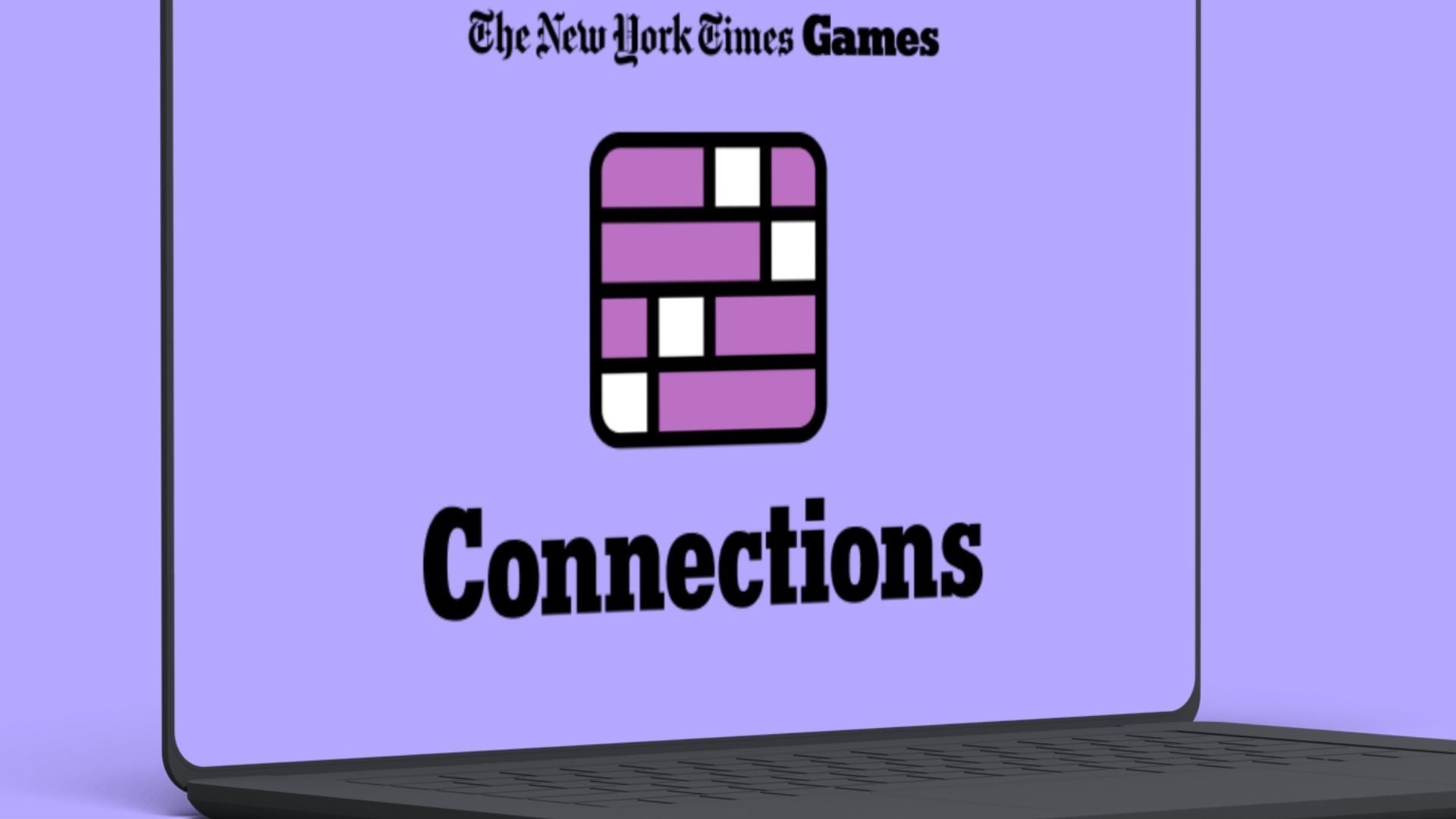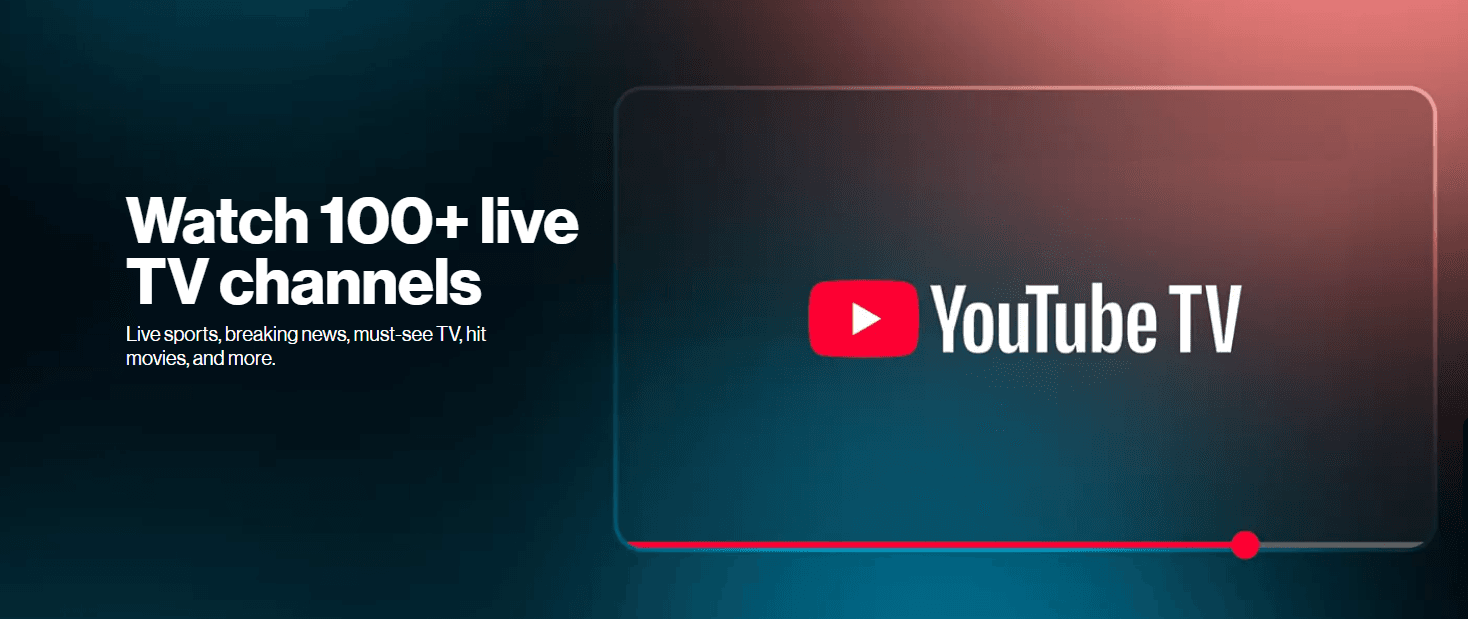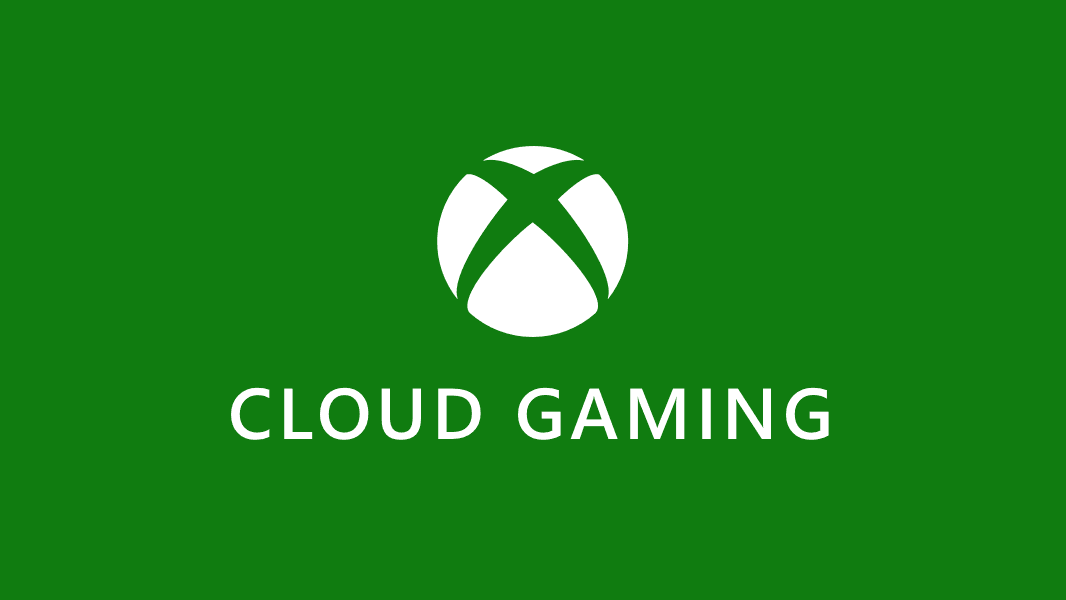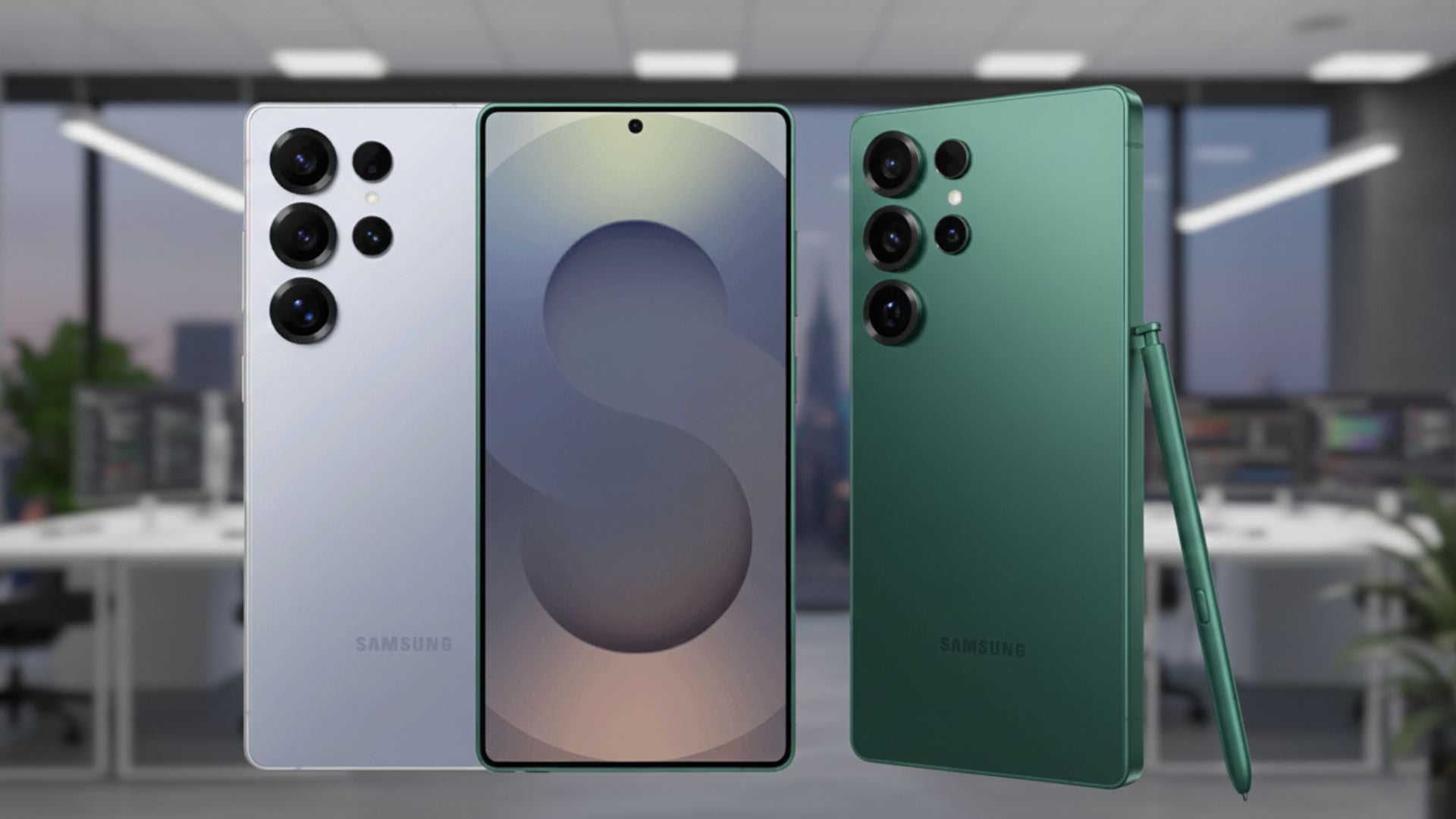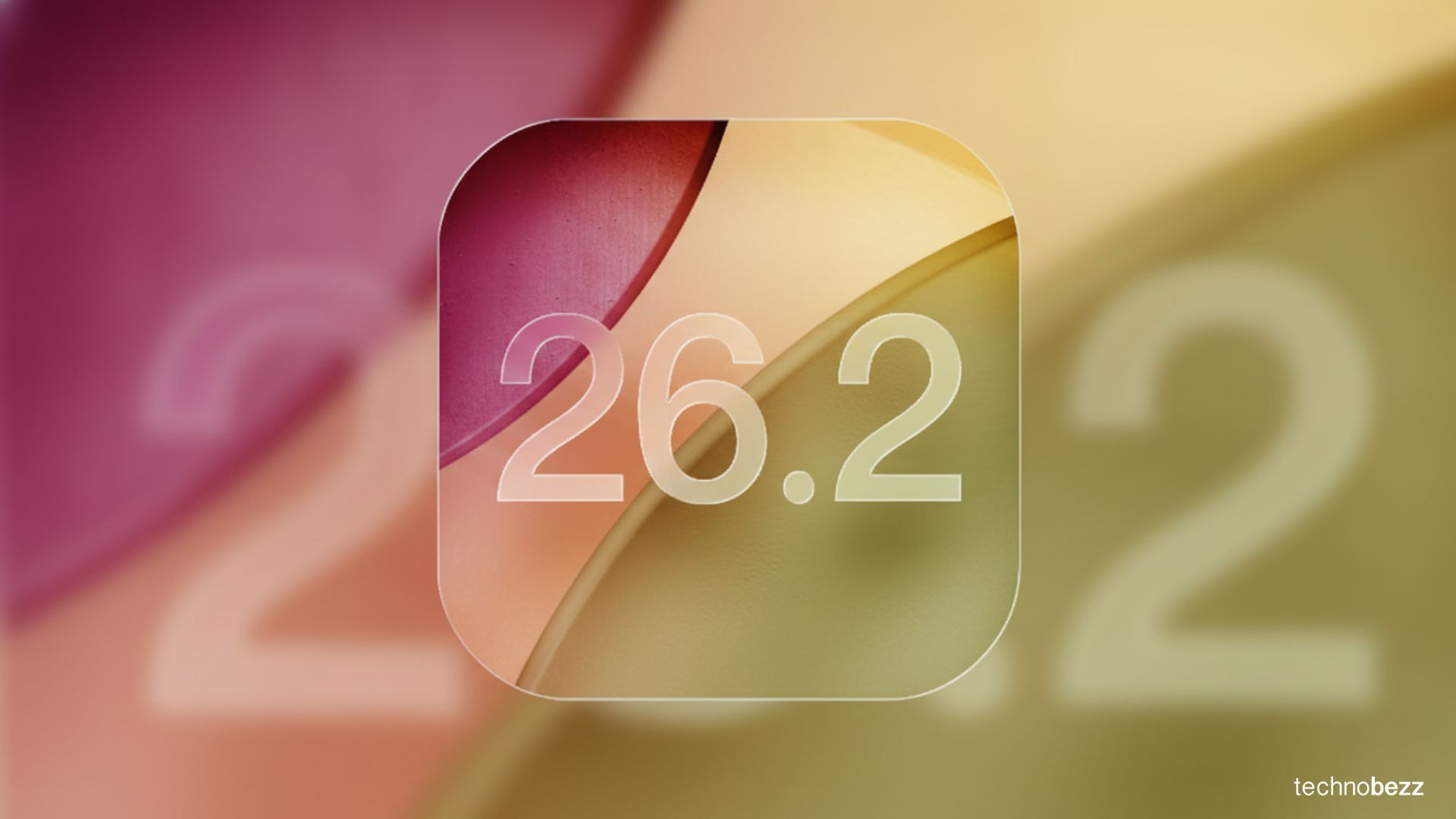Apple launched the Vision Pro earlier this year with high expectations, but its reception has prompted Apple to rethink its strategy. According to reports, Apple is now prioritizing the development of a more affordable version of the Vision headset, potentially signaling a significant shift in its AR/VR strategy.
When the Vision Pro debuted, it was praised as a cutting edge device with high-resolution displays and advanced features. However, its $3,499 price tag and significant weight raised concerns. Many users found the device impressive but cumbersome, frequently citing discomfort after extended use.
This feedback, combined with lower-than-expected sales, influenced Apple's decision to pause development of a second-generation high-end Vision Pro.
According to The Information, Apple's new strategy is to design a cheaper, more streamlined version of the Vision headset codenamed N109, with a target release date set for the end of 2025. This upcoming model aims to maintain the impressive high-resolution displays that set the Vision Pro apart while removing some of the high-end features in hopes of reducing costs and lightening the device.
The goal is to offer a product priced between $1,500 and $2,500, making it more comparable to high-end iPhones and competitive with other market players such as Meta Quest.
Reports suggest that Apple's engineering teams face significant challenges in achieving this balance. The company strives to cut production costs without sacrificing the overall user experience. Key features, such as EyeSight, which allows others to see the user's eyes, might be among the elements scaled back or removed to meet these new objectives.
This pivot reflects a broader strategic adjustment within Apple. Originally, the Vision lineup was envisioned to consist of multiple models, including a second-generation Vision Pro. However, the current focus on the N109 suggests a prioritization of market accessibility and competitive positioning.
Employee allocation has shifted accordingly, with more resources being funneled into the development of the cheaper model over the past year. This move could signal a temporary or possibly long-term shelving of the high-end Vision Pro successor, depending on the success and reception of the more affordable model.
Despite these internal changes, Apple continues to support the Vision Pro. The headset is set to debut in eight new international markets starting June 28, alongside new software updates in visionOS 2 this fall. This expansion could help bolster sales and user adoption in regions beyond the initial U.S. market.
The Vision Pro's mixed reviews highlight both its innovative potential and its practical limitations. If Apple can deliver a lighter, more affordable Vision headset that retains core functionalities, it may well capture a broader audience and solidify its position in the competitive AR/VR landscape.
In the meantime, the company has stopped shipments of the Vision Pro due to low demand, a decision reported by analyst Ming-Chi Kuo. The Vision Pro had limited availability in the United States since its February release, and the upcoming international launch could play a significant role in reviving its fortunes.
Apple has gradually reduced the number of employees assigned to the second-gen Vision Pro over the past year, shifting focus to the cheaper model.
Apple's adaptive strategy in the AR/VR market underscores its commitment to innovation while responding to market feedback. The development of a cheaper Vision headset represents a calculated effort to broaden its appeal and achieve a sustainable presence in this emerging technology sector. As the tech world watches closely, Apple's next moves will undoubtedly shape the future of AR/VR experiences.
If you liked this story, please follow us and subscribe to our free daily newsletter.

